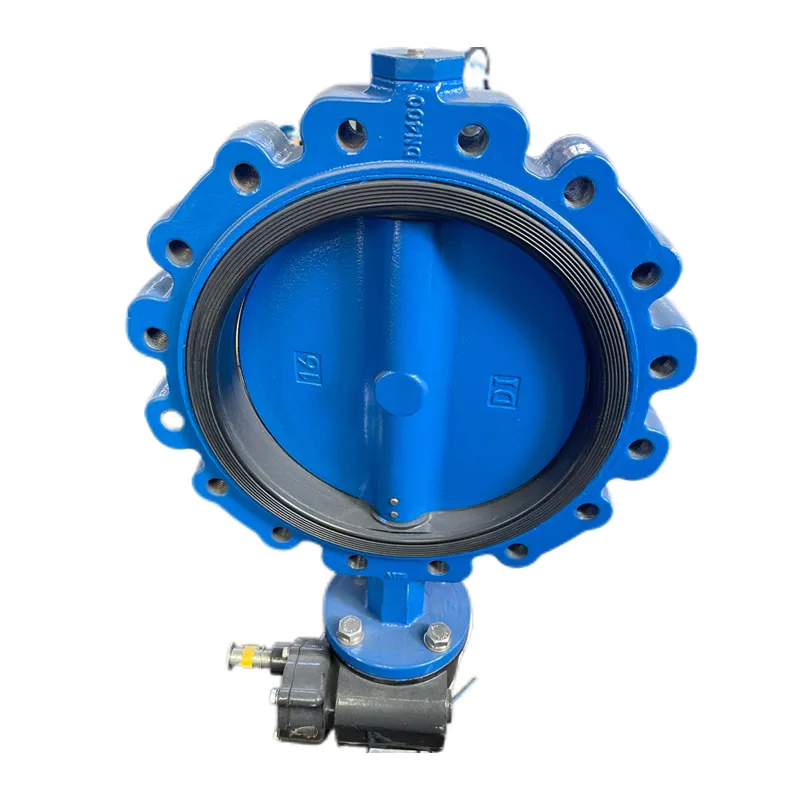Окт . 15, 2024 14:16 Back to list
high performance butterfly valve
High Performance Butterfly Valves An Overview
In industrial applications, the choice of valve types is crucial for ensuring efficiency, safety, and longevity of the systems. Among the various types of valves available, high performance butterfly valves have gained significant popularity due to their unique design, versatility, and operational advantages. These valves are especially efficient for regulating flow in a wide range of applications, from water treatment facilities to chemical processing plants, and even in power generation. This article will explore the features, benefits, applications, and considerations associated with high performance butterfly valves.
Features of High Performance Butterfly Valves
High performance butterfly valves are characterized by their streamlined design, which typically includes a circular disc that rotates within a body to control flow. Unlike standard butterfly valves, high performance variants are engineered to deliver superior sealing capabilities, typically utilizing advanced materials and manufacturing techniques. Key features include
1. Ability to Handle High Pressure and Temperature High performance butterfly valves are built to withstand demanding conditions. They can operate successfully in high-pressure environments and at elevated temperatures, making them suitable for diverse industrial settings.
2. Enhanced Sealing Efficiency These valves often employ resilient seats that provide an exceptional sealing surface. This minimizes leakage and contributes to energy efficiency by reducing wasted resources during operation.
3. Lightweight and Compact Design The design of high performance butterfly valves allows for a smaller footprint compared to other valve types. This makes them easier to install in tight spaces and contributes to reduced overall system weight.
4. Versatility in Applications They can effectively manage flow in both on/off and throttling scenarios, making them suitable for a plethora of applications.
Benefits of Using High Performance Butterfly Valves
The advantages of integrating high performance butterfly valves into industrial systems are manifold
1. Cost-Effectiveness Due to their durable construction and efficient operation, high performance butterfly valves can lead to lower maintenance costs and prolonged lifetime, resulting in significant savings over time.
2. Reduced Energy Consumption Their efficient flow control characteristics help minimize energy loss, which is especially beneficial in large-scale industrial processes.
3. Quick Operation High performance butterfly valves can be opened or closed rapidly, allowing for swift adjustments in flow control. This responsiveness is critical in processes where timing is essential.
high performance butterfly valve

Applications of High Performance Butterfly Valves
These valves are widely employed across various industries due to their adaptability. Some common applications include
1. Water and Wastewater Treatment High performance butterfly valves are vital in managing flow and pressure in treatment plants, ensuring optimal performance in distributing clean water and processing waste.
2. Chemical Processing Their ability to handle corrosive substances and high pressures makes them indispensable in chemical plants, where precise control over reactive materials is crucial.
3. Oil and Gas In the oil and gas industry, they are utilized for flow isolation, pressure relief, and control in pipelines, contributing to the efficient transport of hydrocarbons.
4. Power Generation High performance butterfly valves play a significant role in power generation facilities, often used for cooling systems, steam isolation, and in turbine applications.
Considerations for Selection and Use
When selecting high performance butterfly valves, several factors should be considered
1. Material Compatibility It’s essential to choose materials that can withstand the specific chemicals or substances that will flow through the valve. Stainless steel, for example, is often used for its corrosion-resistant properties.
2. Pressure and Temperature Ratings Ensure that the chosen valve can handle the operational conditions of your system without risk of failure.
3. Sealing Mechanism Different applications may require specific sealing methods, so it’s important to select a valve with the appropriate sealing technology for your needs.
4. Regulatory Compliance Always confirm that the selected valve meets industry standards and regulations, particularly in sectors such as food processing and pharmaceuticals.
Conclusion
High performance butterfly valves represent a critical component in modern industrial systems. Their innovative design, operational reliability, and versatility make them ideal for a wide range of applications, from water management to complex chemical processes. By understanding their features and benefits, industries can make informed choices that enhance efficiency, reduce costs, and ensure the safety of their operations.
Share
-
Reliable Wafer Type Butterfly Valves for Every IndustryNewsJul.25,2025
-
Reliable Flow Control Begins with the Right Ball Check ValveNewsJul.25,2025
-
Precision Flow Control Starts with Quality ValvesNewsJul.25,2025
-
Industrial Flow Control ReliabilityNewsJul.25,2025
-
Engineered for Efficiency Gate Valves That Power Industrial PerformanceNewsJul.25,2025
-
Empowering Infrastructure Through Quality ManufacturingNewsJul.25,2025